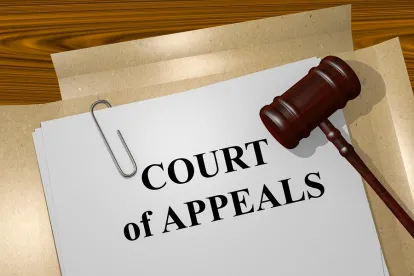On September 20, 2018, the US Supreme Court dismissed—pursuant to settlement—an ERISA lawsuit that could have resolved the circuit split over who holds the burden of proof in ERISA breach of fiduciary duty cases. In Pioneer Centres Hold. v. Alerus Fin., Case No. 17-677 (2018), the Pioneer Centres Holding Company Employee Stock Ownership Plan and Trust (the “Plan” or “ESOP”) and its trustees sued Alerus Financial, N.A. (Alerus) for breach of fiduciary duty in connection with the failure of a proposed employee stock purchase. In affirming summary judgment in Alerus’s favor, the Tenth Circuit determined that the Plan carried the burden to prove causation rather than shifting the burden to Alerus to disprove causation once the Plan established a prima facie case. In so holding, the Tenth Circuit agreed with the Sixth, Ninth and Eleventh circuits that beneficiaries, not fiduciaries, must prove causation between the company’s conduct and the plan’s losses due to a fiduciary breach. The Second, Fourth, Fifth and Eighth circuits disagreed, holding that the burden of proof shifts to the fiduciaries to establish the absence of loss causation once the beneficiaries makes a prima facie case by establishing breach of fiduciary duty and loss. Details of the parties’ settlement were not disclosed.
The settlement and dismissal of this case is disappointing for ERISA litigators because the anticipated resolution regarding burden shifting for loss causation will likely not be resolved in the near future. The outstanding burden shifting inquiry is not limited to the ESOP context. These issues have also been considered in other ERISA cases, such as the 401(k) context. See, e.g., Womack v. Orchids Paper Prod. Co. 401(K) Sav. Plan, 769 F. Supp. 2d 1322, 1334–35 (N.D. Okla. 2011) (acknowledging the burden shifting circuit split in the 401(k) context). Moreover, the lack of resolution will necessarily encourage plaintiffs to continue forum shopping tactics. Thus, the industry may see an increase in ERISA cases filed in the Second, Fourth, Fifth and Eighth circuits, which shift the burden to fiduciaries to establish the absence of loss causation once the plaintiffs make a prima facie case.





 />i
/>i
